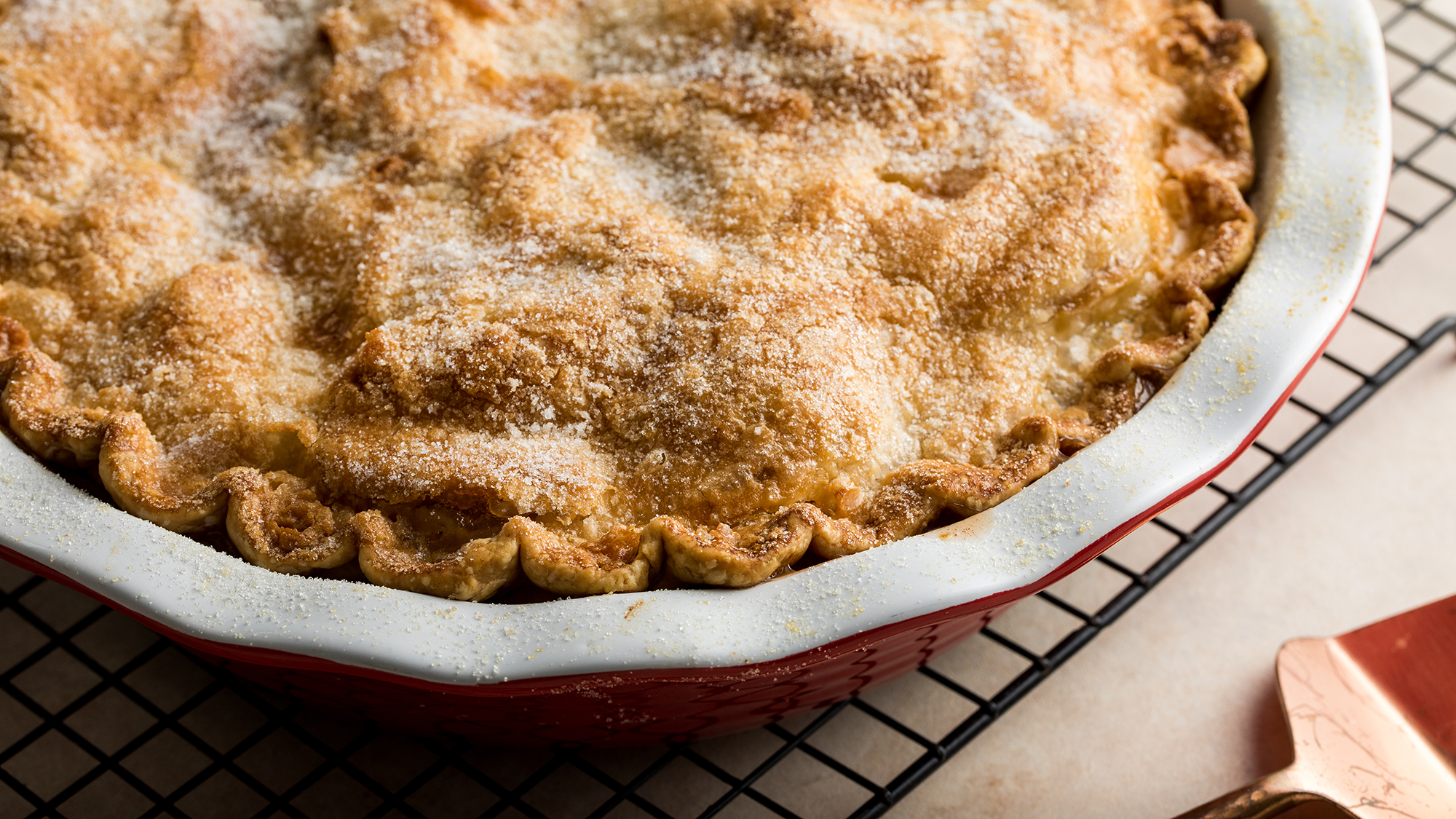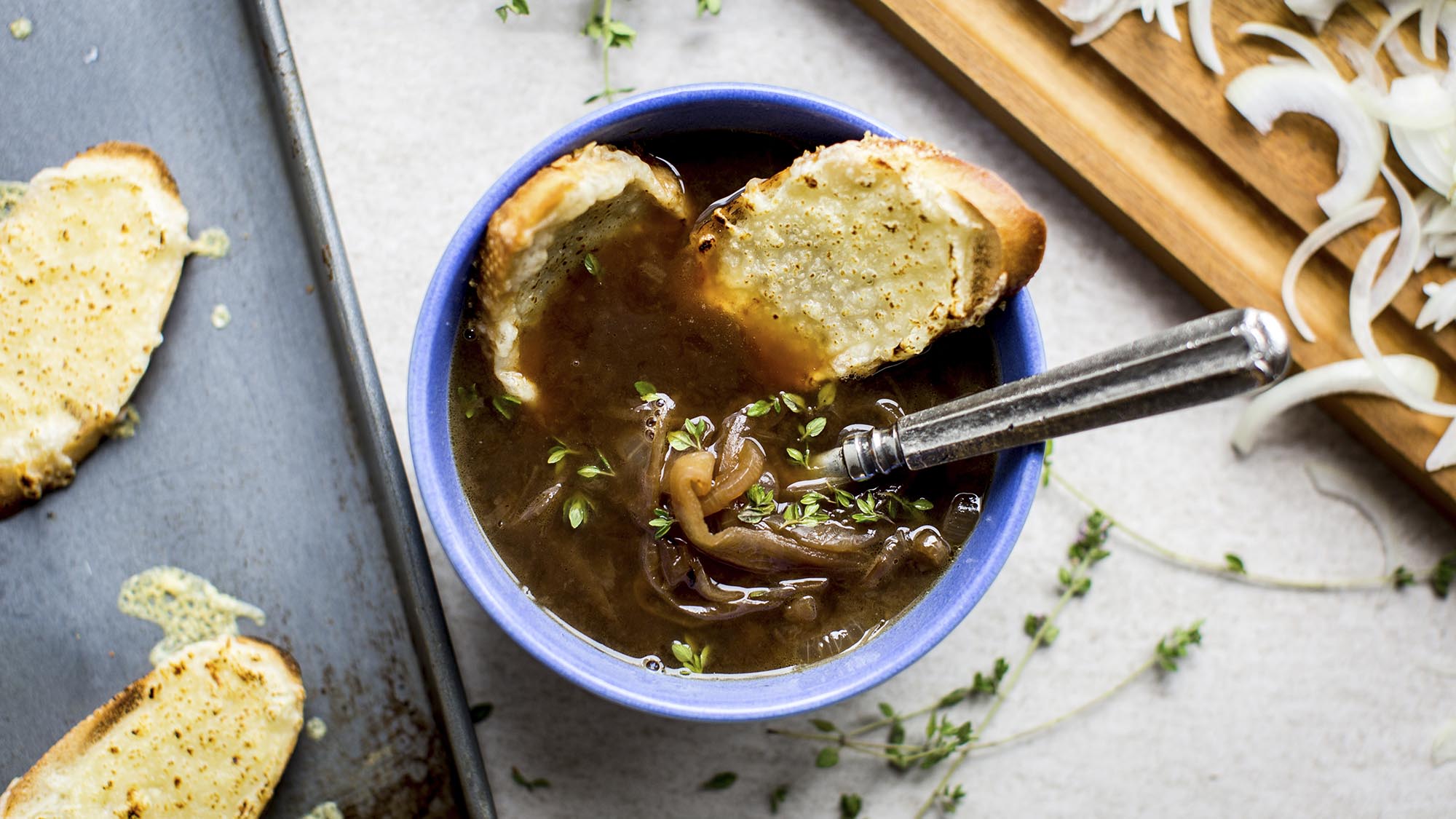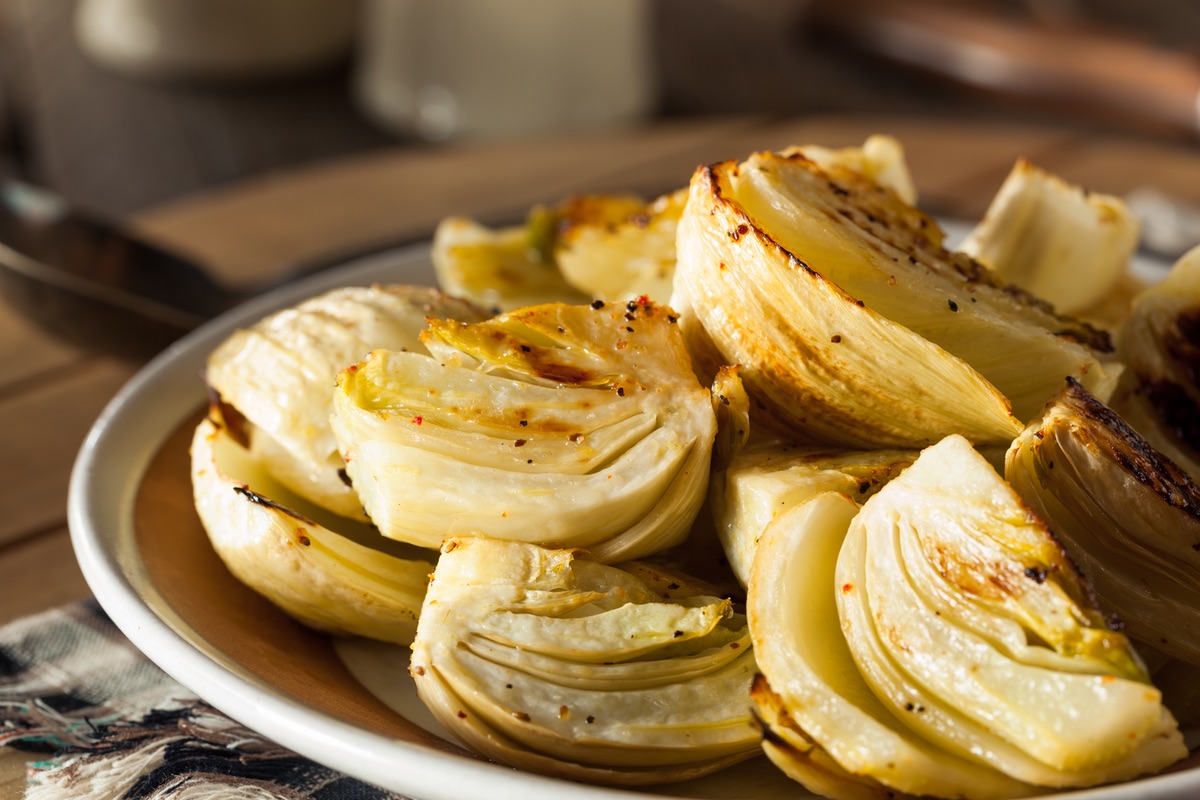Whether you’re the pie-maker of your friend group or a first-time baker, there’s always room for improvement in the art of holiday dessert-making. Just ask three-time James Beard Award semi-finalist Tiffany MacIsaac, the chef/owner of Buttercream Bakeshop in Washington, D.C. She spends a lot of time with pie.
MacIssac, who honed her craft at New York establishments like Michelin-starred Cru and Allen and Delancey, is sharing the top five pie-baking mistakes home bakers should avoid next time they’re in the kitchen—then get cooking with these 22 classic pie recipes to master.
Skipping the acid.
“Acid helps add flavor and combat the dough getting tough if you accidentally overwork it a bit. I use buttermilk in place of water or cream, and a splash of vinegar to make my dough a bit lighter. Also, if you choose to make the dough a few days before using it, the vinegar will help prevent the dough from oxidizing.”
Over-chilling dough.
“My favorite pie recipe contains chilled butter for the fat and chilled buttermilks/vinegar for the wet ingredients. I work quickly and the dough stays nice and cool. It does need a bit of time to rest to relax the glutens and for the liquid to distribute evenly, so I like to wrap it in plastic wrap and leave on the counter in a cool spot for one to four hours. It will be nice and soft and easy to roll without a lot of resistance. I find the dough is a lot more tender when I don't chill the dough to firm before rolling.”
Using too much liquid.
“Too much liquid may seem like a good idea because it’s easier to roll, but it will lead to a hard and leathery finished product. The dough should form a nice ball but barely hold together. As the dough rests, the liquid will re-distribute evenly into the flour, making the dry parts wetter. You can always sprinkle in a bit more liquid, but you can't take it out, so take your time before adding more liquid.”
Photo: McCormick
Forgetting to pre-cook your filling.
“Especially when making apple pie, always pre-cook your filling. There is nothing worse than making a beautiful apple pie, only to cut into it and find there’s either too much liquid, the apples are crunchy, it’s overly sweet, or there's a huge gap between the filling and the top crust. So much can go wrong, and you can't see it happening. That’s why I like to pre-cook my apples to about 85 to 90 percent done. I usually do this anywhere from one to five days before I make the pie. Then, when it’s time to bake, I pile the apple filling high (they average five to six pounds each) and bake at a higher temperature for a shorter amount of time. I get a nice flaky crust and perfectly cooked filling every time.”
Underestimating the power of human hands.
“Mixers and food processors are fine, but there is nothing better than getting your hands right in the butter and flour to cut it together. You'll know exactly when the butter is the perfect size because you'll be able to feel it. Don't be scared –– making dough by hand is truly one of the most enjoyable things about baking. Just make sure everything is measured, well chilled, and at arm’s reach before you start.”
This article was written by Clarissa Buch from Food & Wine and was legally licensed through the NewsCred publisher network. Please direct all licensing questions to legal@newscred.com.









